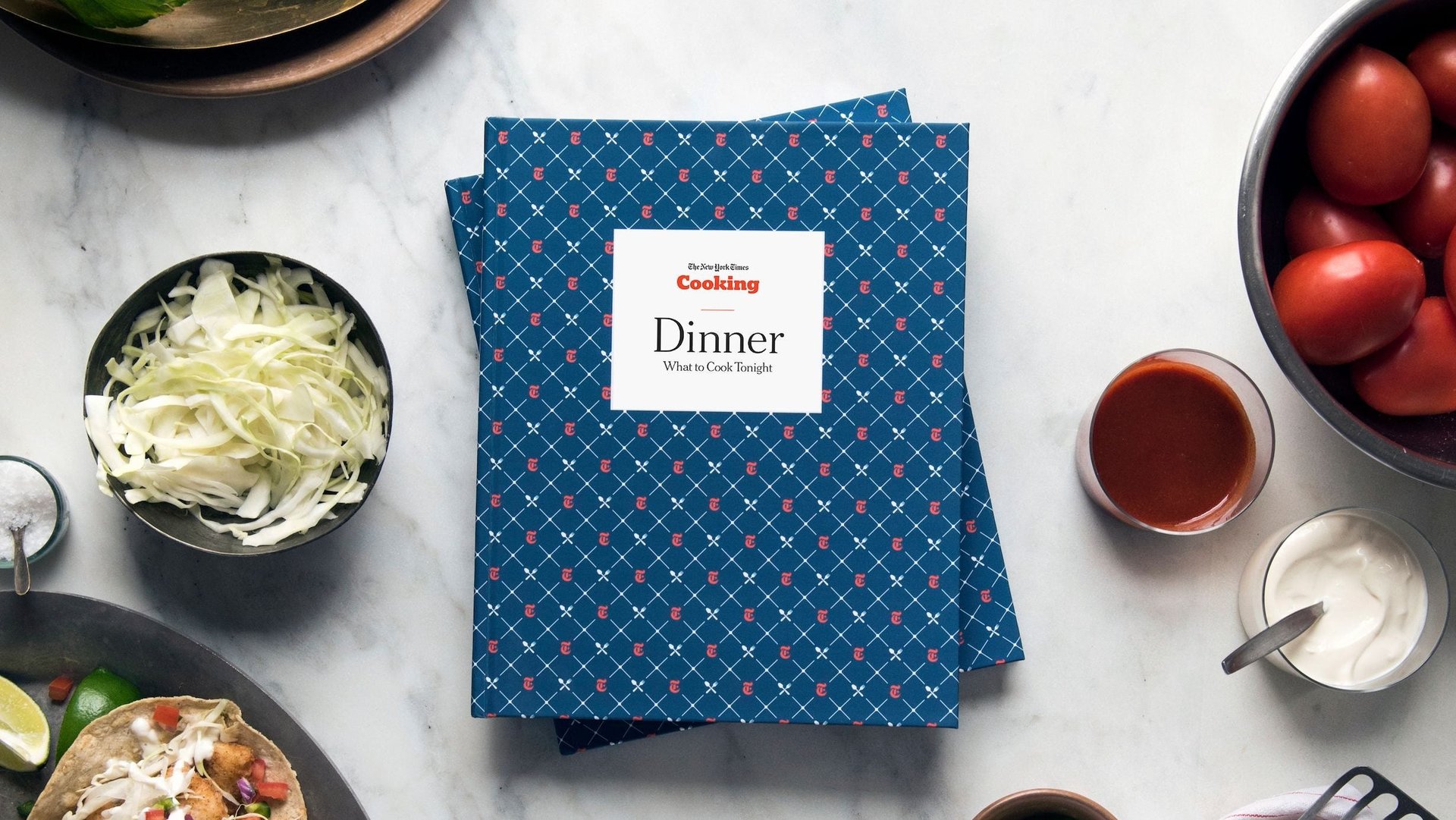You can now custom-build your own printed New York Times cookbook
I love reading cookbooks, but as I peruse them for meal-planning inspiration I often skip entire sections, knowing I’ll never make single dish from them. When an author tells me that she doesn’t much care for dessert, I’m definitely not going to prioritize her mocha torte recipe. I’ve never met an appetizer I liked more than a beautiful cheese plate. Meh to elaborate breakfast items.


I love reading cookbooks, but as I peruse them for meal-planning inspiration I often skip entire sections, knowing I’ll never make single dish from them. When an author tells me that she doesn’t much care for dessert, I’m definitely not going to prioritize her mocha torte recipe. I’ve never met an appetizer I liked more than a beautiful cheese plate. Meh to elaborate breakfast items.
The New York Times Cooking section wants to fix all that. Their new cookbook, Dinner: What to Cook Tonight allows home cooks to custom-build their own tightly edited book of 56 recipes, eliminating deadweight chapters.
It works like this: You choose seven out of 24 possible chapters, each with eight recipes. The chapter offerings reflect the modern kitchen, both in terms of ingredients (there are three all-chicken chapters and one that’s all-salmon) and cooking methods (Sheet Pan Wonders, One-Pot Meals, and Salad for Dinner are all options). There are several pasta and vegetable-heavy chapters, too, though none specifically dedicated to vegan, gluten-free, or paleo diets.
The 192 possible recipes come straight from the Cooking archives, and while Mario Batali’s Penne all’Arrabbiata may put some cooks off the Weeknight Pasta chapter, just skimming the list gave me an idea for a way to use up the basil and zucchini going wild in my garden, and reminded me there are ways to cook salmon that don’t involve lemon and mayonnaise.
The New York Times is not the first media company to launch a customizable cookbook, as Eater points out. Buzzfeed produced a similar book using recipes from its cooking site, Tasty, in 2016. The recipes on Tasty are suited to a different audience, and never much struck me as anything I’d actually want to prepare or eat. Watching cute doughnuts and cheese-bomb gross-out food being prepared creates a soothing effect more akin to other web-native phenomenon like unboxing or ASMR videos than actual cooking instruction.
As a New York Times Cooking subscriber, I can vouch for both the quality of the recipes and the insanely passionate comments that follow them online—which are worth reading for both utility and sheer entertainment value. When it comes to putting those recipes in book form, the Times’ format ensures that most of the pages will be dog-eared and sauce-splattered before long. Except, perhaps, for the customizable dedication page: 140 characters to be devoted to the intended cook.